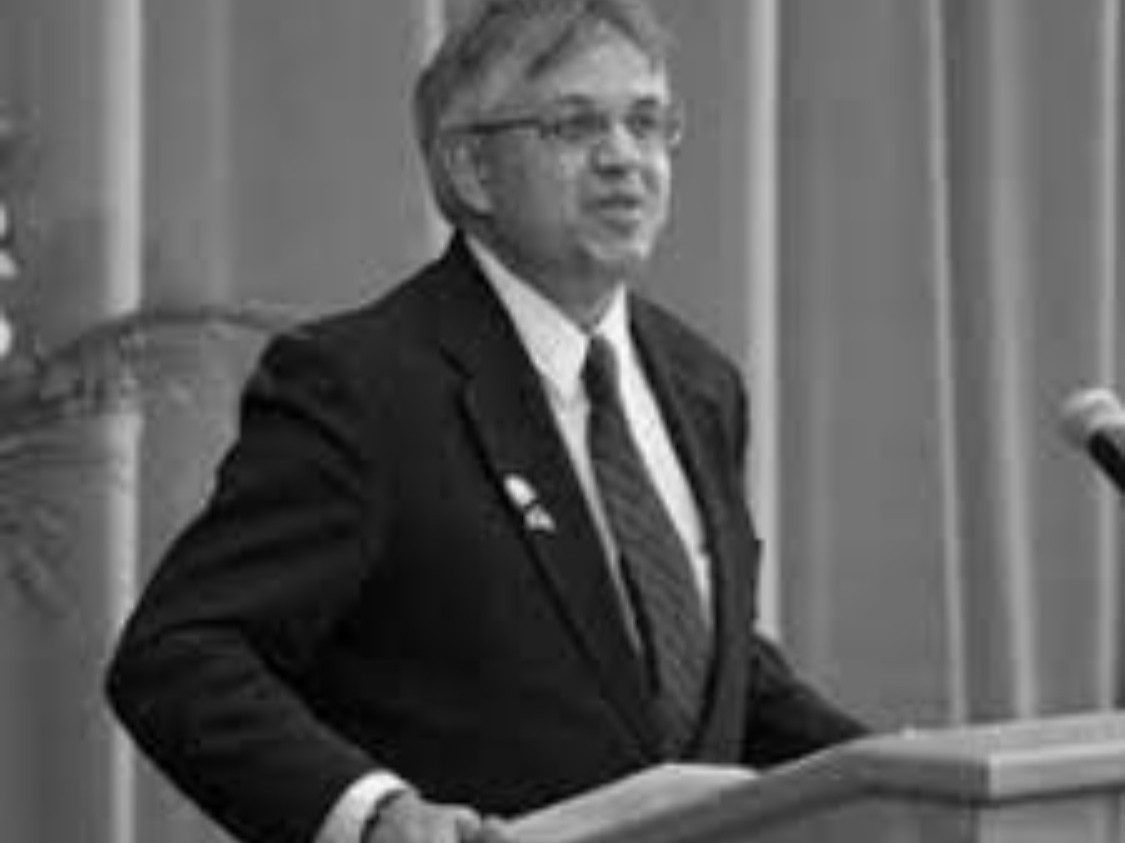Mastering Leadership Communication
Mastering Leadership Communication

Mastering Leadership Communication: A Path to Success
10-11-2023
Effective leadership communication is not a mere accessory in the toolkit of a successful leader; it's the very foundation upon which great leadership is built. In the intricate web of an organization, a leader's ability to communicate, inspire, and innovate can make the difference between stagnation and progress. Let's delve deeper into this essential aspect of leadership and explore how it shapes the destiny of individuals and organizations alike, as explained by Kishor Wasan.
One of the primary functions of leadership communication is to provide clarity. Leaders must convey their vision, goals, and expectations with absolute lucidity. When team members understand their leader's objectives, they are better equipped to align their efforts and work towards a common purpose. Unclear communication can lead to confusion, frustration, and a loss of direction, hindering progress.
Effective leaders are not just managers; they are empathetic connectors. They understand the value of genuine, human-to-human communication. Empathetic leaders take the time to listen actively, understand their team members' needs, and provide support when required. This emotional connection fosters a sense of belonging and loyalty among team members, ultimately leading to improved morale and performance.
Leadership communication is also about kindling the flames of inspiration. Great leaders possess the art of storytelling, which they employ to paint a compelling vision of the future. By sharing stories of success, resilience, and personal growth, leaders inspire their teams to reach for greater heights. This motivation serves as a driving force behind increased productivity and innovation.
Adapting to different communication contexts is a hallmark of effective leadership. Leaders must tailor their communication style to suit diverse situations. For instance, a crisis may demand clear and concise directives, while a brainstorming session benefits from an open and inclusive dialogue. The ability to adapt and switch between these styles ensures that leaders can effectively lead through both challenges and opportunities.
Leadership communication is instrumental in shaping organizational culture. Leaders who encourage open and fearless expression of ideas create an environment ripe for innovation. They understand that innovation thrives in an atmosphere where employees feel comfortable sharing their thoughts, regardless of rank or status. By nurturing a culture of open communication, leaders can tap into the collective creativity of their teams and stay at the forefront of their industries.







